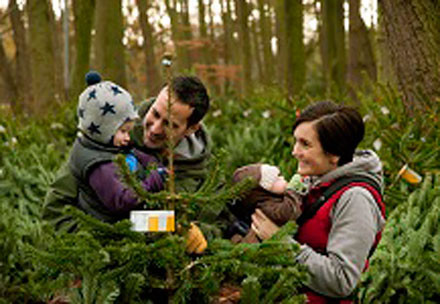
Christmas trees are a tradition shared by tens of millions of families, a holdover of old-fashioned holidays. But of course, there’s no such thing as a simple, low-tech Christmas tree, especially not today. Source: Motherboard
For decades, scientists have been working closely with growers to develop perfect trees—because we, the consumers, demand it.
This Dalhousie University’s Christmas Tree Research Centre has announced the first commercial licensing of its SMART balsam fir trees—a sort of Superman version of the highly popular balsam fir grown in eastern Canada and exported around the world to cities as far away as Dubai.
Once the technology becomes commercially viable—a process that’s now underway —growers could be planting whole fields of ideal, identical trees. SMART is an acronym for “senescence modulated abscission regulated technologies,” essentially a specialized gene pool of the tree.
The trees aren’t exactly clones—more like the product of a high-tech version of grafting, where cuttings, or tissues, from one plant are used to propagate others in a process called somatic embryogenesis.
“These trees are developed from crossing high needle-retaining parents to develop seedlings,” the research centre’s director, Raj Lada, explained.
“From the seed we extracted embryos, multiplied cells from the tissues, generated several cell lines, which generated embryos, and transformed embryos into full seedlings.”
This process, called somatic embryogenesis, could be a major advance for the industry, and was hailed as “the dawn of a new era in Christmas tree production” at the international Christmas Tree Research and Extension Conference, held in Iceland in September.
Lada’s team identified the gene that controls needle retention, and developed trees that can retain their needles for up to three months after the harvest, since “messiness” has been identified as the number one reason consumers avoid real trees.
It turns out that while we want the experience of real pine needles perfuming the air, we do not want to actually clean up after them.







